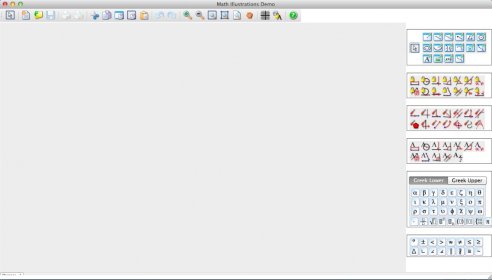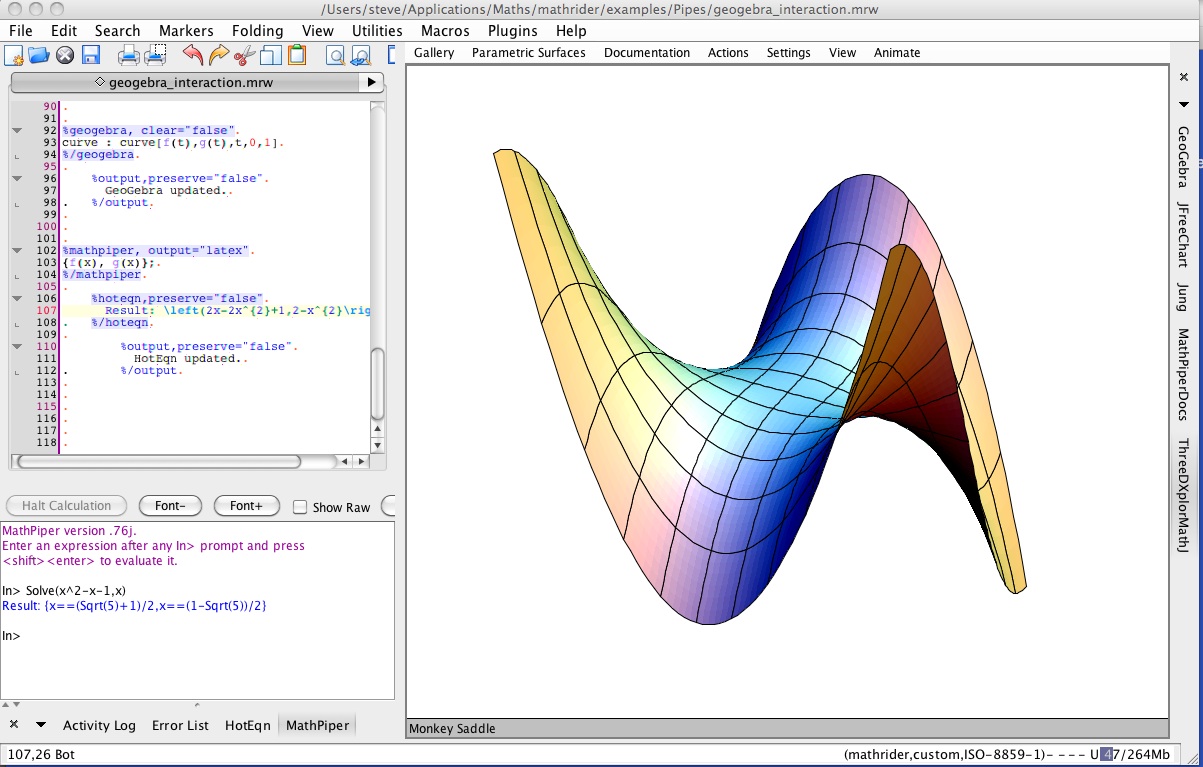

Using area computation method, he guided his students to discover the law of sine and the formula of sin(A + B). He first defined sinA as the area of a unit rhombus with an angle A, then, intuitively and rigorously, derived the fundamental properties of the function sinA, showing the equivalence of the new definition and the traditional one. Applying a research result in educational mathematics, which rebuilds the logical structure of elementary mathematics, the teacher introduced to the 7th graders the concept of the trigonometric function sinA in a new way, and used it to integrate trigonometry, geometry, and algebra. This paper reports an innovative three-year mathematics teaching experiment, held in a middle school in Guangzhou, Guangdong, China. Stories of Learning Trigonometry from 7th graders-An Experiment of Educational MathematicsĪffiliation : Chengdu Institute of Computer applications Otterbein University, USA
#Math illustrations saltire software software#
The course material uses multiplatform free software (explicitly, the CAS Maxima and the DGS GeoGebra). In the process, the student develops both abstract manipulation and technological abilities, getting the feeling that maths are useful (and, hopefully, fun). In the course, basic concepts are first presented in a straightforward way, followed by simplified versions of `real-life'' problems to be solved with the use of these concepts and the aid of a computer. In this paper we offer some selected examples extracted from a transition course designed to help science and engineering students with a weak mathematical background.


Retention rates around the world show the importance of having a first-semester course dedicated to shortening this gap. One of the main problems in most universities is the gap between the knowledge acquired by students in high school and that needed to successfully pass their first university course. A more complete description of this workshop can be found at the ATCM 2015 Electronic Proceedings: click here.ĪBSTRACT FOR 20829 Computer-aided strategies to shorten the gap between high school and university math coursesĪffiliation : Universidad Autonoma de San Luis Potosi Here we adopt the notion that two polyhedrons A and B are said to form a generalized dual pair if they have the same number of edges and each edge of A intersects a unique edge of B orthogonally in space. We then proceed to show with animations how each of such dual pairs can be distorted to form other generalized dual-pair polyhedrons families. In this talk, we are to show the most efficient ways to construct 11 dual pairs of polyhedrons among the 13, under the environment provided by the dynamic solid geometry software Cabri 3D. A list of 13 Catalan solids together with their Archimedean duals can be found in Wikipedia: ABSTRACT FOR 20827Īffiliation : National Tsing Hua University, TaiwanĪ Catalan solid is a dual polyhedron to an Archimedean solid. We will also reflect on what Professor Wu, Wen-tsun (see ) had envisioned in his plenary speech at the first ATCM in 1995 and will explore his predictions and visions as they apply today. If learners can visualize what is seen with the help of a technological tool, we hope students will be inspired to investigate problems further. It becomes even more of a challenge if we ask students to find equations for what is seen in three dimensions, real-life scenarios. The question has become, however, if we, as educators, can inspire students to see a scattered plot, produced from a specific task, and have them readily identify the equation to the corresponding scattered plot? Finding appropriate equations can be an interesting and challenging enough task in two dimensions. We shall use examples to demonstrate generated scattered plots for specific tasks when dynamic geometry system (DGS) is used. (CAS) and the use of graphing calculators in the generation of plots has revolutionized the teaching, learning, and research of mathematics.

We know that the graphing capabilities of a computer algebra system In this paper, we will discuss challenges and discoveries the author has encountered and explored while using technological tools in teaching and research since the inaugural ATCM in 1995. We illustrate this approach with a number of examples from students’ work over the last decade ABSTRACT FOR 20826 The solution can then be examined geometrically in the symbolic geometry system and insight attained after the fact. Rather than relying on geometric insight to solve a problem, it can be expressed algebraically using the symbolic geometry system then solved in the CAS. Using symbolic geometry and CAS facilitates a new kind of geometric discovery. Solve First – Ask Questions Later: discovering geometry using Symbolic Geometry and CAS


 0 kommentar(er)
0 kommentar(er)
